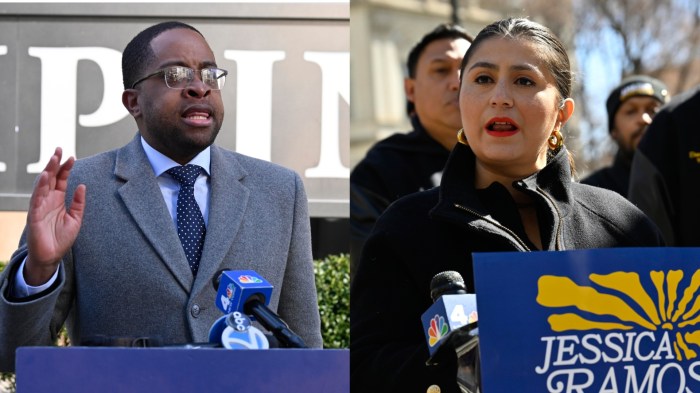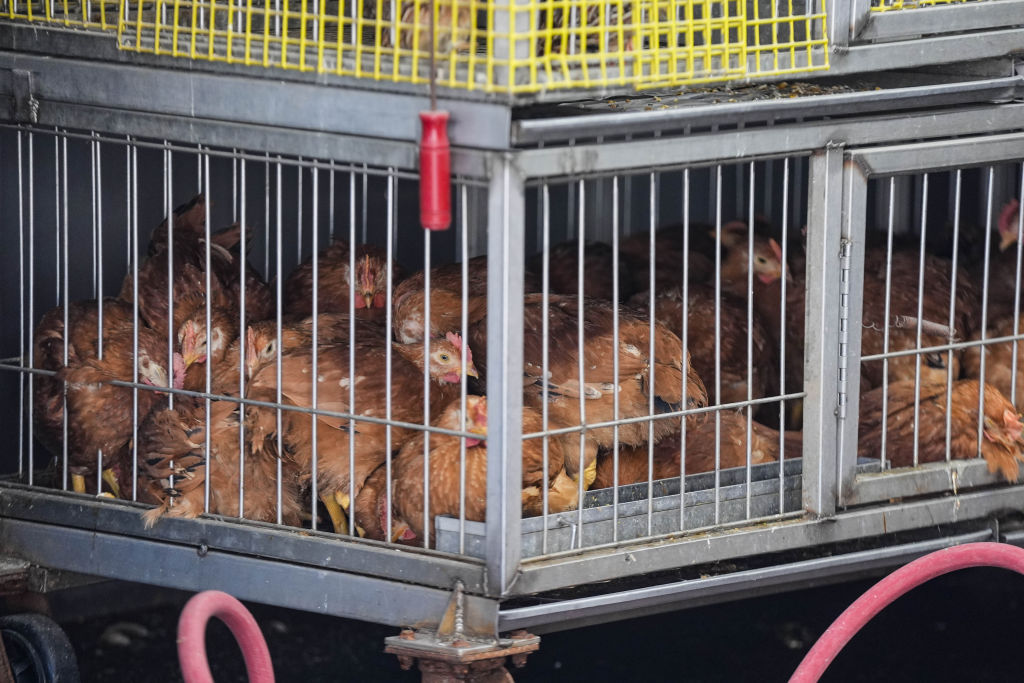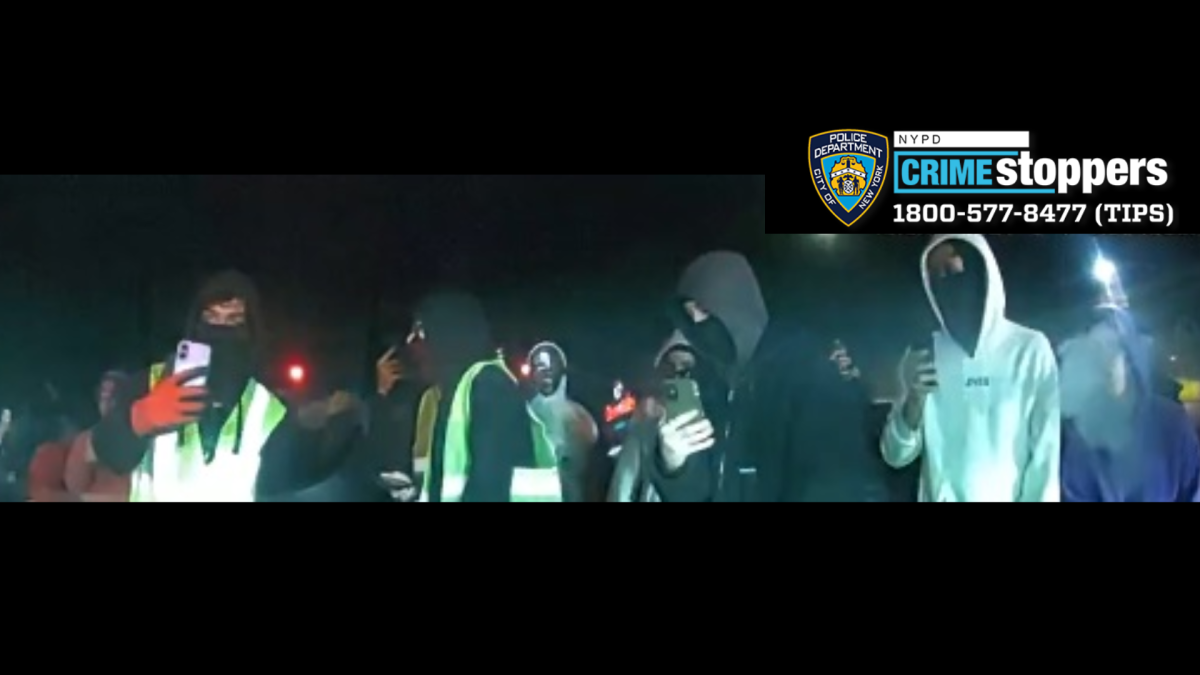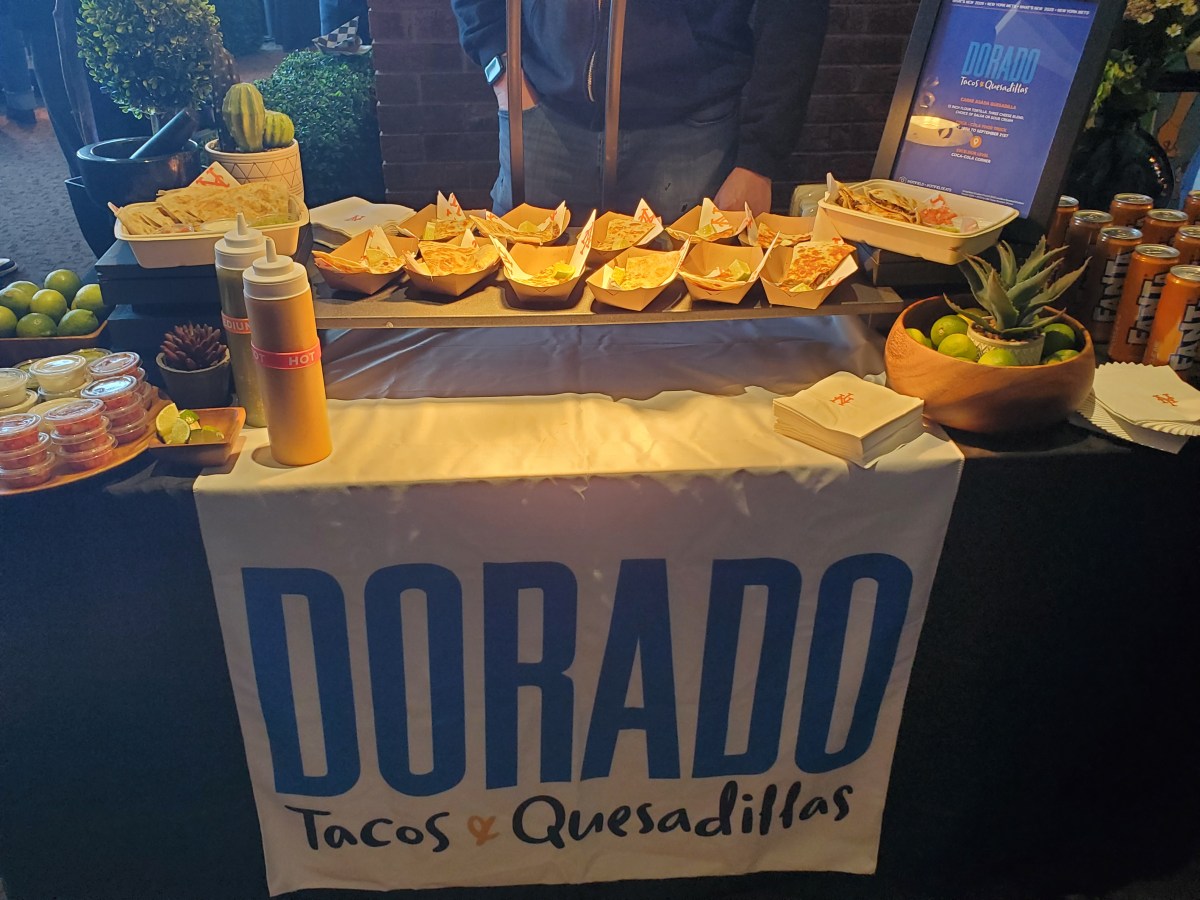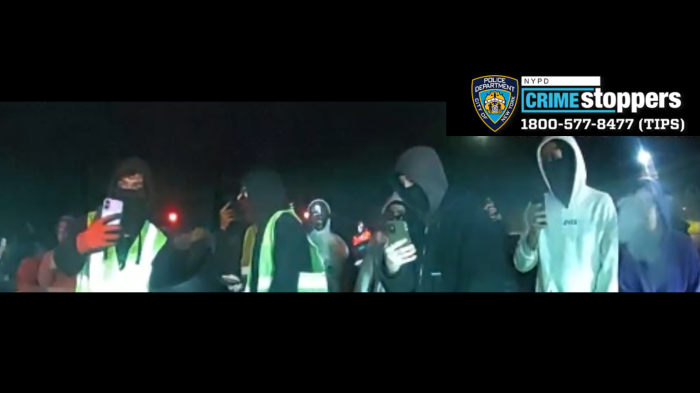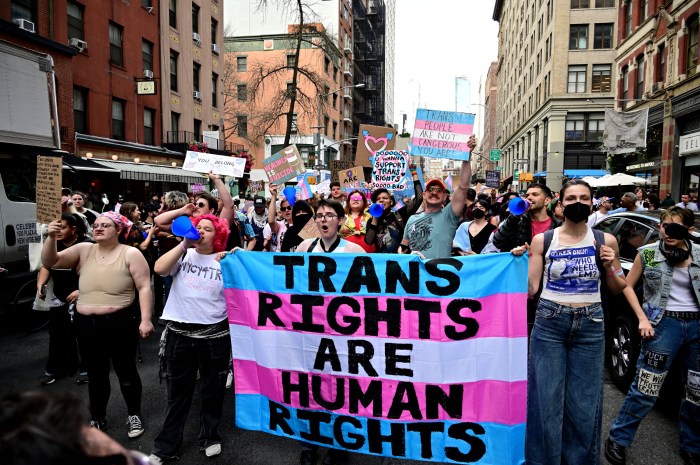Historic wins for women in Congress last week left many cheering, “Who runs the world? Girls!”
Among those cheerleaders was Erin Vilardi, whose organization, VoteRunLead, has taught more than 33,000 women across the country how to campaign for an elected office.
“Our mission is to train women to run for office and win,” Vilardi said, adding that about 95 percent of the women they train are running for local offices. “There are 519,682 seats across the country and 500 to 600 are federal, so the vast majority are local, and that’s where we are.”
Through online and in-person workshops and resources, the organization aims to give political hopefuls the tools they need to run successful campaigns, delving into topics ranging from “How to get involved” and “What office should I run for,” to “How to create a finance plan” and “Finding the power in your voice.”
“Our curriculum is called ‘Run As You Are’ because we’re not trying to turn women into political robots. This is about teaching political skills, but keeping your authentic self,” Vilardi said. “We’re also about two-thirds women of color in our trainees, so this is also about a diversity of women in all levels.”
Diversity in government is important on both a representative and policy level. VoteRunLead polled 1,289 registered voters between Nov. 8 and 9, and found that 57 percent believe a greater diversity of women in government has a positive effect on democracy and 49 percent would be likely to vote for a qualified woman in the 2020 presidential election.
“On the policy-making side, we know that women do government differently,” Vilardi said. “We’re more likely to work across the aisle, to bring more constituents into the fold, to add to the policy agenda things that often women and families care about, but we’re also likely to have different and unique perspectives on the top issues of the economy and pay and jobs and health care.”
A record 123 women were elected to serve in the 116th Congress beginning in January 2019, according to the Center for American Women and Politics (CAWP) at Rutgers Eagleton Institute of Politics. There were 107 women who held seats in the 115th Congress, so the midterm elections brought the share of women representatives up from 20 percent to 23 percent, according to the center.
“I was thrilled to see the historic numbers of women in Congress,” Vilardi said. “I don’t know that we have any idea of the high impact that that is going to mean for there to be [123] in Congress.”
Now, VoteRunLead looks to take this year’s historic results and turn them into a long-term movement.
The organization hosted an event on Monday, Women & Power 2018: National Town Hall, at WeWork Times Square that recapped the midterm election results, analyzed the impact women had across the country and highlighted program success stories, including Ilhan Omar, the first Somali American and one of the first Muslim women elected to the House of Representatives, and Lauren Underwood, the youngest black woman elected to the House.
"More than 16 months ago," said Undrwood. "I launched an unlikely campaign for Congress. I was equipped with training and mentorship from organizations like VoteRunLead and the belief that my community deserves effective representation in Congress. Upon swearing in, I will be the first woman to represent IL-14 and the youngest black woman elected to the House. I can’t wait to get to work and I need women across the country to stand up and join me."
In all, there were 174 VoteRunLead alumnae who were on Election Day ballots across the country. Of those, 84 women won their races, including New York Assemb. Tremaine Wright (D-District 56), an incumbent representing Bedford-Stuyvesant and northern Crown Heights.
Wright said she has attended training sessions and often will share her experiences with other women at VoteRunLead events.
“VRL is doing fantastic work to educate, support and coach women. While VRL actively supports women candidates, it also provides professional development for women to succeed in all professional endeavors,” she said. “With VRL as a partner, I have grown and continue to encourage other women to do the same.”
The rise in the number of women who are running for elected office can be attributed to many factors, but Vilardi said she believes the 2016 election of President Donald Trump galvanized women who had never before been interested in the political process.
“A big overarching piece is the sort of misogyny in our culture that is coming from the political space, coming from the office of the presidency – that’s driving women to be tuned in to the government,” she said. “And then when women are tuned in to local government, they’re looking around and they’re going, ‘OK, I can actually do a better job.’ ”
Trump’s election with no prior military or political experience also shifted the standard of qualifications for many women.
A report issued by CUNY Equality Indicators in 2016 found that women are underrepresented in government because they don’t run for office as often as men. One key factor in women choosing not to run is a belief that they are not qualified, even if they are, the report said.
“After the 2016 election, that totally flipped on its head. You have a president who has no military or political experience, these women are going, ‘I can run for City Council,’ ” Vilardi said, adding that she believes 2018 as shown that more women are becoming involved in the political process at all levels. “You have female activists, female voters, female donors, female candidates – the infrastructure around this year is what makes this the year of the woman.”





